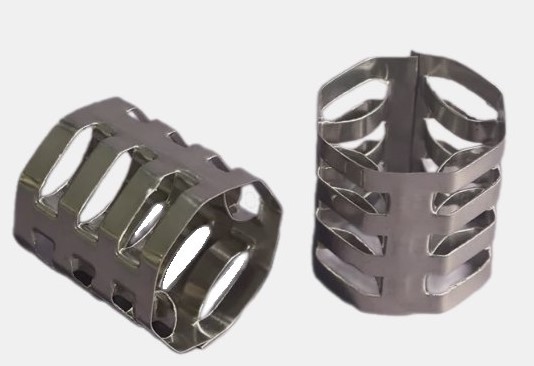Features:
- High resistance to corrosion:
- in chloride environments such as seawater.
- to the action of acids such as sulfuric, nitric, phosphoric.
- to pitting corrosion.
- to intergranular corrosion.
- Resistance to sensitization: AISI 316 Ti has better resistance to intergranular corrosion after welding or heating than AISI 316L.
- Weldability: easy to weld by various welding methods.
- Plasticity: easy to mold.
- Strength: high tensile strength and yield strength.
Disadvantages:
- Relatively high cost
- Complexity of processing
Application:
- Chemical industry: manufacture of tanks, pipes, fittings for aggressive media.
- Oil and gas industry: manufacture of parts for drilling equipment, pipelines.
- Food industry: manufacture of containers for storage and transportation of food products, cutlery.
- Medicine: manufacture of surgical instruments, implants.
- Construction: facade cladding, manufacture of decorative elements.
- Shipbuilding: manufacture of ship hulls, ship equipment parts.
Chemical composition
| Element | Containing, % |
| Cr | 16-18 |
| Ni | 12-14 |
| Mo | 2-3 |
| Ti | 0,5-0,8 |
| Mn | up to 2 |
| Si | 16-18 |
| C | ≤ 0,03 |
| N | ≤ 0,10 |
| P | ≤ 0,035 |
| S | ≤ 0,02 |
| Сu | up to 0,3 |



